Introducing the MC20 – the new Maserati super sports car
We spoke to Klaus Busse, the man who heads up FCA’s design team, overseeing Fiat, Abarth, Lancia, and Alfa Romeo, as well as Maserati, about the origins and aspirations for the company’s new super car model
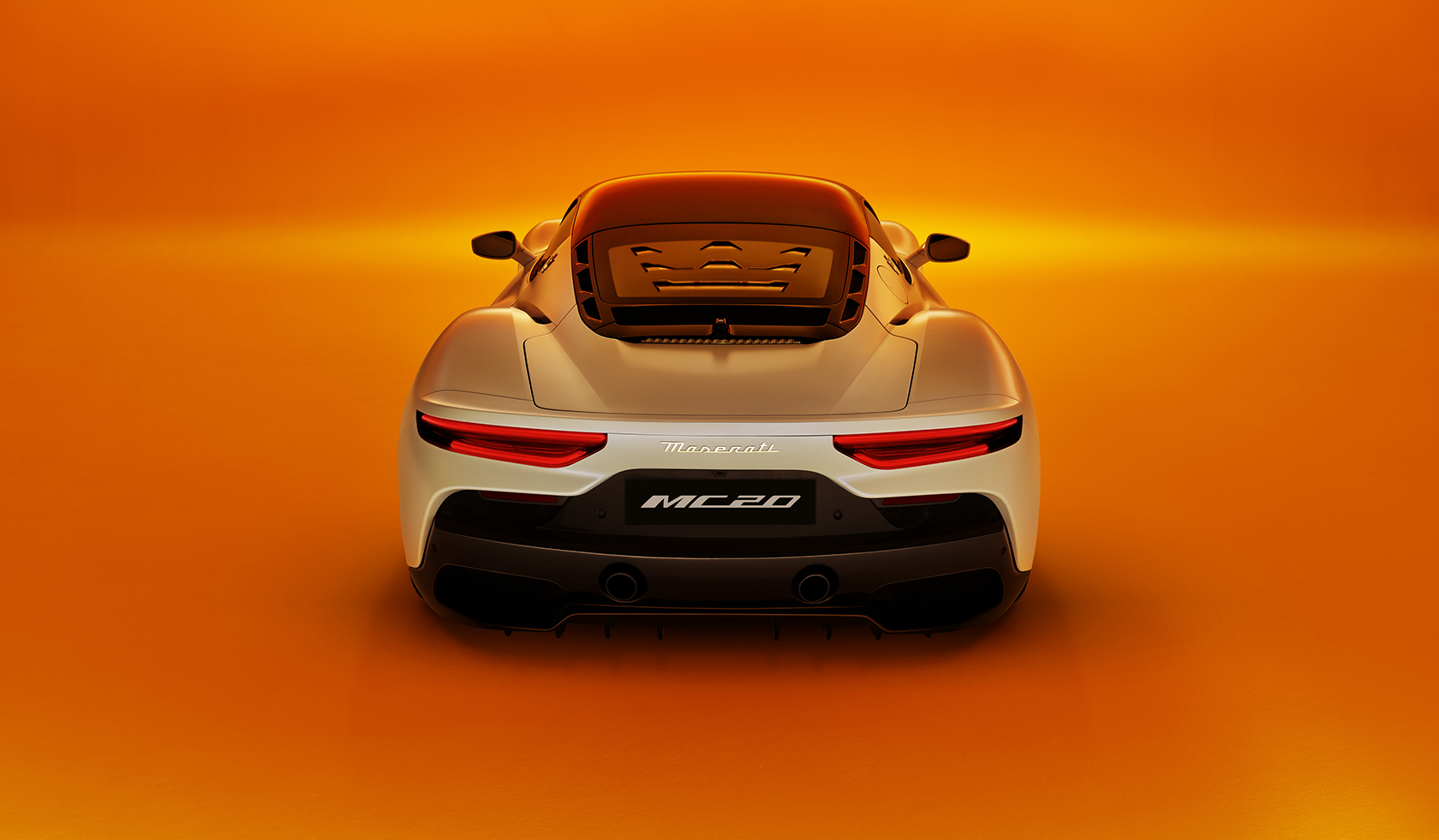
Fortune favours the brave. The 1970s were an era of mid-engine madness, when the big sports car makers explored the packaging options of putting the engine behind the driver, allowing for better balance, sleeker aerodynamics, and — most importantly of all — more outrageous styling. Some of the greatest Italian cars of the era benefitted from this layout, from Ferrari’s first mid-engine road car, the 1971 Berlinetta Boxer, through to the angular Lamborghini Countach that ushered in the supercar era. Their compatriots, Maserati, made a similar transition from front-engine sports cars and grand tourers to low-slung two-seaters, with the introduction of the 1971 Bora and its successor, the Merak (actually a four-seater, albeit with very small rear seats). For Maserati, it was an expensive foray into new territory. The 70s fuel crisis, a short but ultimately disastrous spell of ownership by the French marque Citroen, and perpetual cash flow problems meant that Maserati was never able to capitalise on the super sports genre, and the company that ultimately emerged focused almost exclusively on sports GTs and saloons. In 1993 Maserati reconnected with its Italian ancestry with its sale to Fiat and the company has been part of the FCA Group (Fiat Chrysler Automobiles) since 2011.
Now the mid-engine Maserati is back in the form of the MC20. Unveiled in early September, it is the car to take Maserati into a new decade, as well as being the first all-new product from the company since the launch of the Ghibli in 2013. On the one hand, it’s a spiritual evolution of a very limited-edition machine, the MC12 Stradale, a raw road-going version of GT racer, developed from the Ferrari Enzo in 2004 of which just 50 examples were made. But on the other it’s a challenger to the status quo established by Ferrari and Lamborghini and soon Aston Martin.
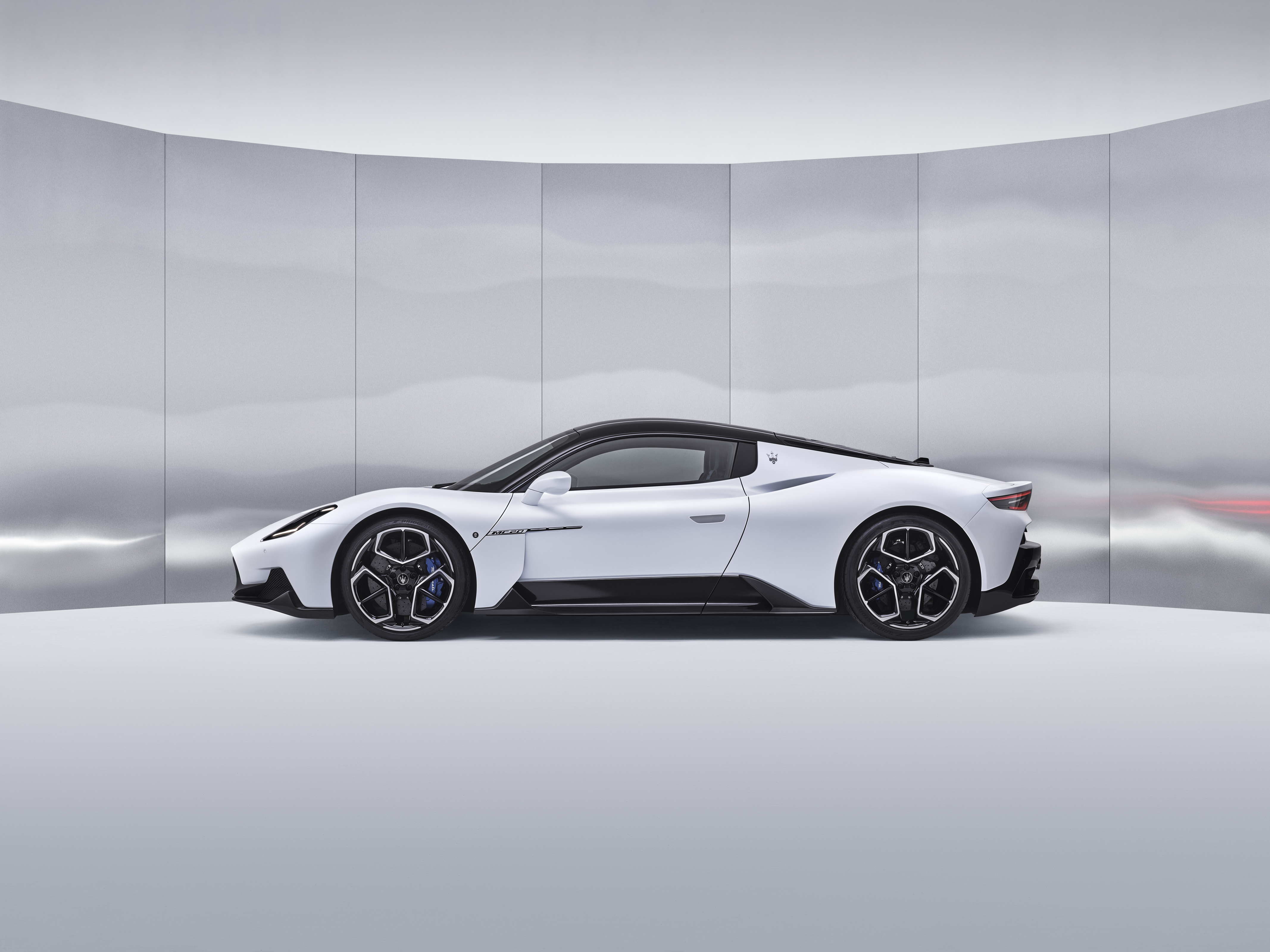
The Maserati Corse 2020 is about speed, dynamics and power. Built around a carbon-fibre monocoque, the MC20 is pared back and functional, inside and out. It exudes a compact, taut capability, and the white finish on the show car’s bodywork is a world away from the glossy, shouty reds and yellows of its rivals. Scissor doors allow access to a dark, focused cockpit, with plenty of exposed carbon-fibre and Alcantara finishes. The audio system was designed in conjunction with Sonus Faber, the acclaimed Italian loudspeaker manufacturers, and is controlled via a dash-mounted tablet. The car will debut with a twin turbo V6, with a hybrid and pure electric version further down the line.
We spoke to Klaus Busse, the man who heads up FCA’s design team, overseeing Fiat, Abarth, Lancia, and Alfa Romeo, as well as Maserati, about the origins and aspirations for the company’s new model
Wallpaper*: This is the first mid-engine Maserati production car for many years. Did you take inspiration from the past or is it a clean sheet design?
Klaus Buss: When it comes to designing a car, how clean sheet can the design really be? If I were to describe the design philosophy behind the MC20 in two words, they would be Purity and Contrast. As you can see from the car, the design is all about purity contrasted by extremely complex functional areas. One of our main inspirations for the MC20 came from the A6GCS Pinin Farina of the 1950s. This car in fact, is naturally pure and beautifully sculpted, creating a silhouette praised for its simplicity, which is then contrasted by the exposed exhaust pipes underneath the driver’s door showcasing its high degree of functionality. This is the same design philosophy used for the MC20 where the upper part of the car is all about purity and sculptural simplicity, while the lower part is true technical performance.
W*: What about more recent examples from the company’s history?
KB: MC20’s design philosophy was not the only thing that was born by looking back into Maserati’s past: there are some details in this new super sports car that are echoes from the past. For example, the new face of Maserati – as in with the low front grill and the high headlights – were inspired by the MC12. MC20 represents not only an ode to the brand’s past achievements but is also the face of Maseratis of the future.
W*: How long has this car been in planning?
Wallpaper* Newsletter
Receive our daily digest of inspiration, escapism and design stories from around the world direct to your inbox.
KB: The development period for the MC20 was about 24 months.
W*: What are the key visual elements that define a mid-engine Maserati?
KB: There are no key elements that are specific to a mid-engine Maserati, but there are key visual elements that define the MC20 and Maserati’s aesthetic future. As mentioned, our design philosophy is driven by purity. For the MC20, this translated in creating something with no frills, no excess, and no unnecessary details. We tried to avoid visual noise, in order for the car to speak for itself. We did not design it around the air intakes; on the contrary, we restrained ourselves and have them only where they are absolutely necessary. By doing so, we now have a car that is a pure sculpture reduced to the main proportions. A car that does not need to shout at its environment through loud detailing, but truly stands out for raw beauty and capabilities.
W*: How does the design express the technology of the launch V6 and possible future powertrains?
KB: The MC20, being a super sports car in every inch of its design, was created by respecting and embracing technological and performance necessities. Whether it is the silhouette of the car that defines the cabin space, or the aerodynamic flow and the downforce of the car, Maserati has brought to the market a dynamic sculpture, powered V6 twin turbo petrol engine, which will propel the brand into the future. In addition, one should notice the balance between the pure elegance of the silhouette and the integrated air intakes, which are needed to supply the necessary cooling and the thermal exhaust to the V6. However, it is fundamental to keep in mind that the true expression of MC20 is in the incredible collaboration and teamwork we had with the engineers in Modena.
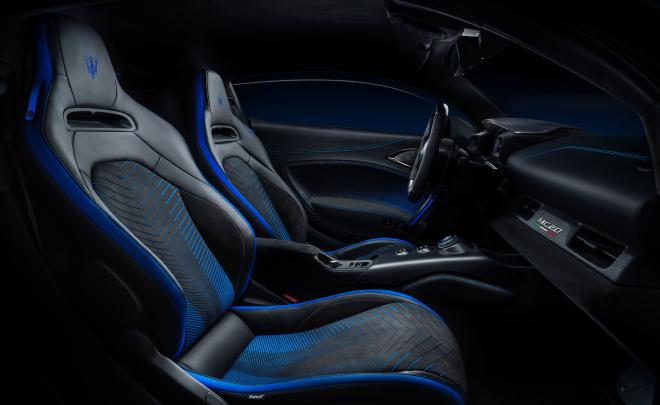
INFORMATION
Also see the 2024 Maserati MC20 Leggenda and Icona, two limited-edition supercars
Jonathan Bell has written for Wallpaper* magazine since 1999, covering everything from architecture and transport design to books, tech and graphic design. He is now the magazine’s Transport and Technology Editor. Jonathan has written and edited 15 books, including Concept Car Design, 21st Century House, and The New Modern House. He is also the host of Wallpaper’s first podcast.
-
 All-In is the Paris-based label making full-force fashion for main character dressing
All-In is the Paris-based label making full-force fashion for main character dressingPart of our monthly Uprising series, Wallpaper* meets Benjamin Barron and Bror August Vestbø of All-In, the LVMH Prize-nominated label which bases its collections on a riotous cast of characters – real and imagined
By Orla Brennan
-
 Maserati joins forces with Giorgetti for a turbo-charged relationship
Maserati joins forces with Giorgetti for a turbo-charged relationshipAnnouncing their marriage during Milan Design Week, the brands unveiled a collection, a car and a long term commitment
By Hugo Macdonald
-
 Through an innovative new training program, Poltrona Frau aims to safeguard Italian craft
Through an innovative new training program, Poltrona Frau aims to safeguard Italian craftThe heritage furniture manufacturer is training a new generation of leather artisans
By Cristina Kiran Piotti
-
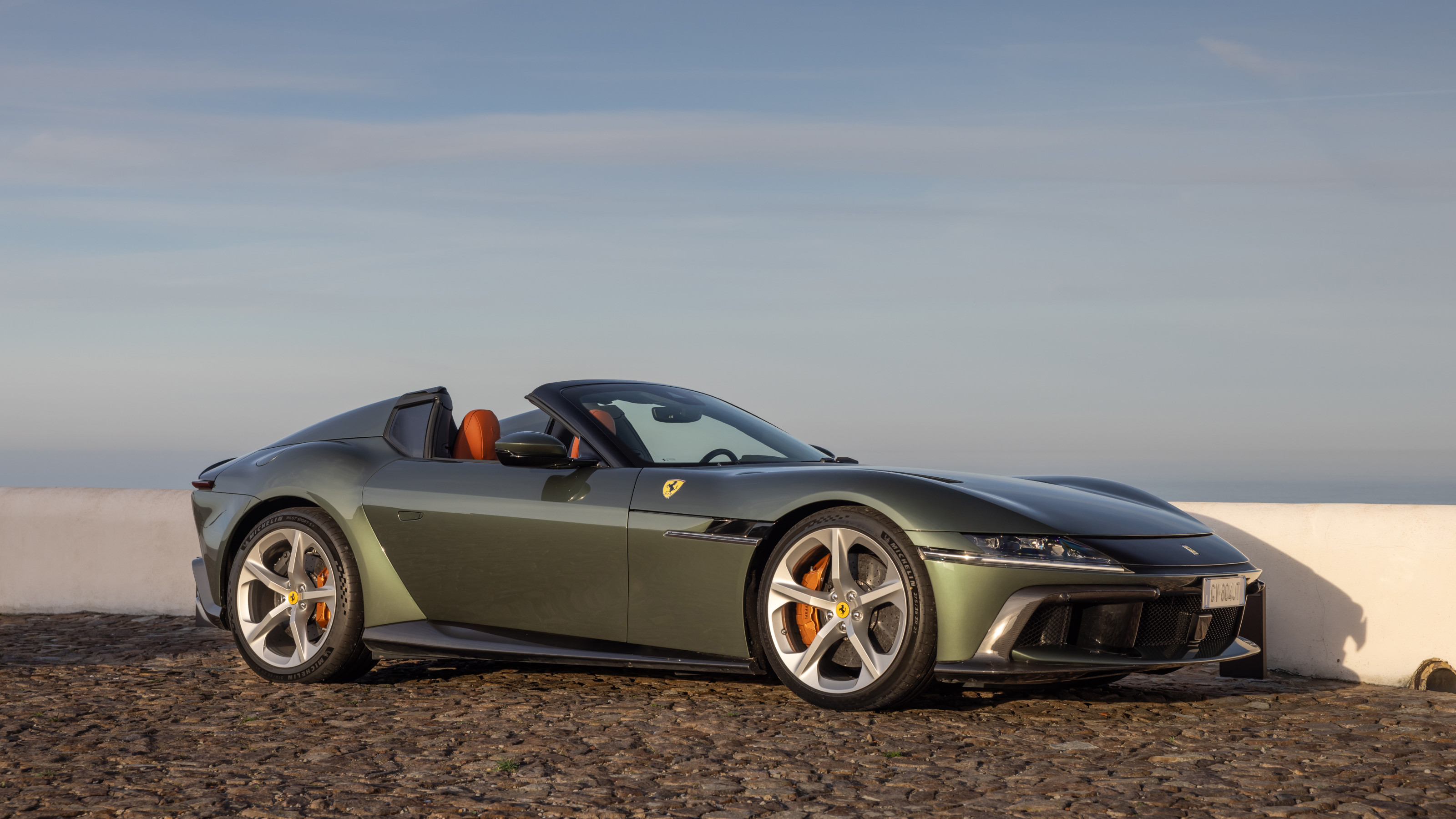 Ferrari drops the top on its mighty 12Cilindri super coupe to create the elegant Spider
Ferrari drops the top on its mighty 12Cilindri super coupe to create the elegant SpiderWe drive the new Ferrari 12Cilindri Spider, a last and glorious hurrah for the sound of the V12
By Jonathan Bell
-
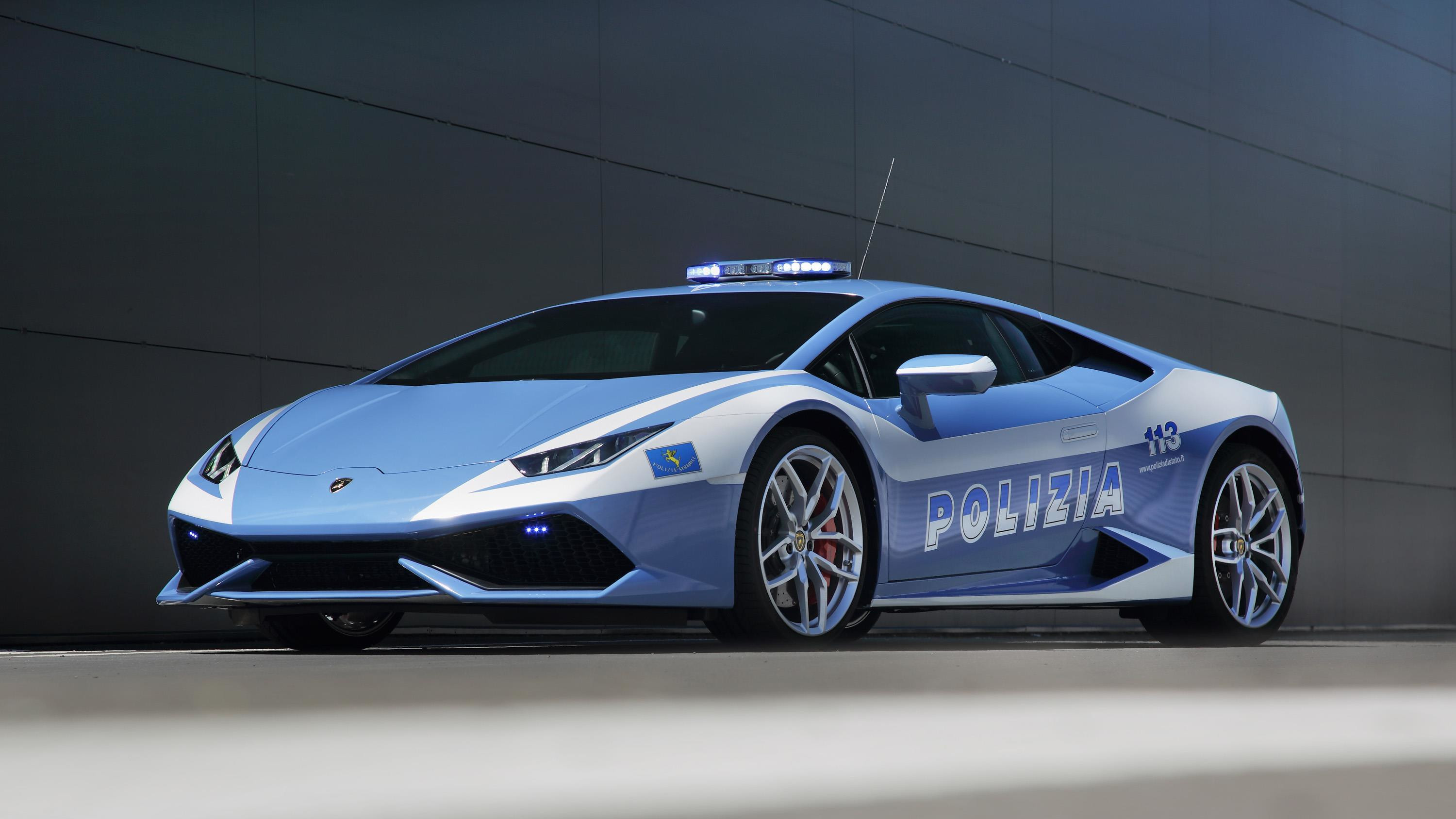 Lamborghini, fast friends with the Italian State Police for two decades
Lamborghini, fast friends with the Italian State Police for two decadesWhen the Italian police need to be somewhere fast, they turn to a long-running partnership with one of the country’s most famed sports car manufacturers, Lamborghini
By Shawn Adams
-
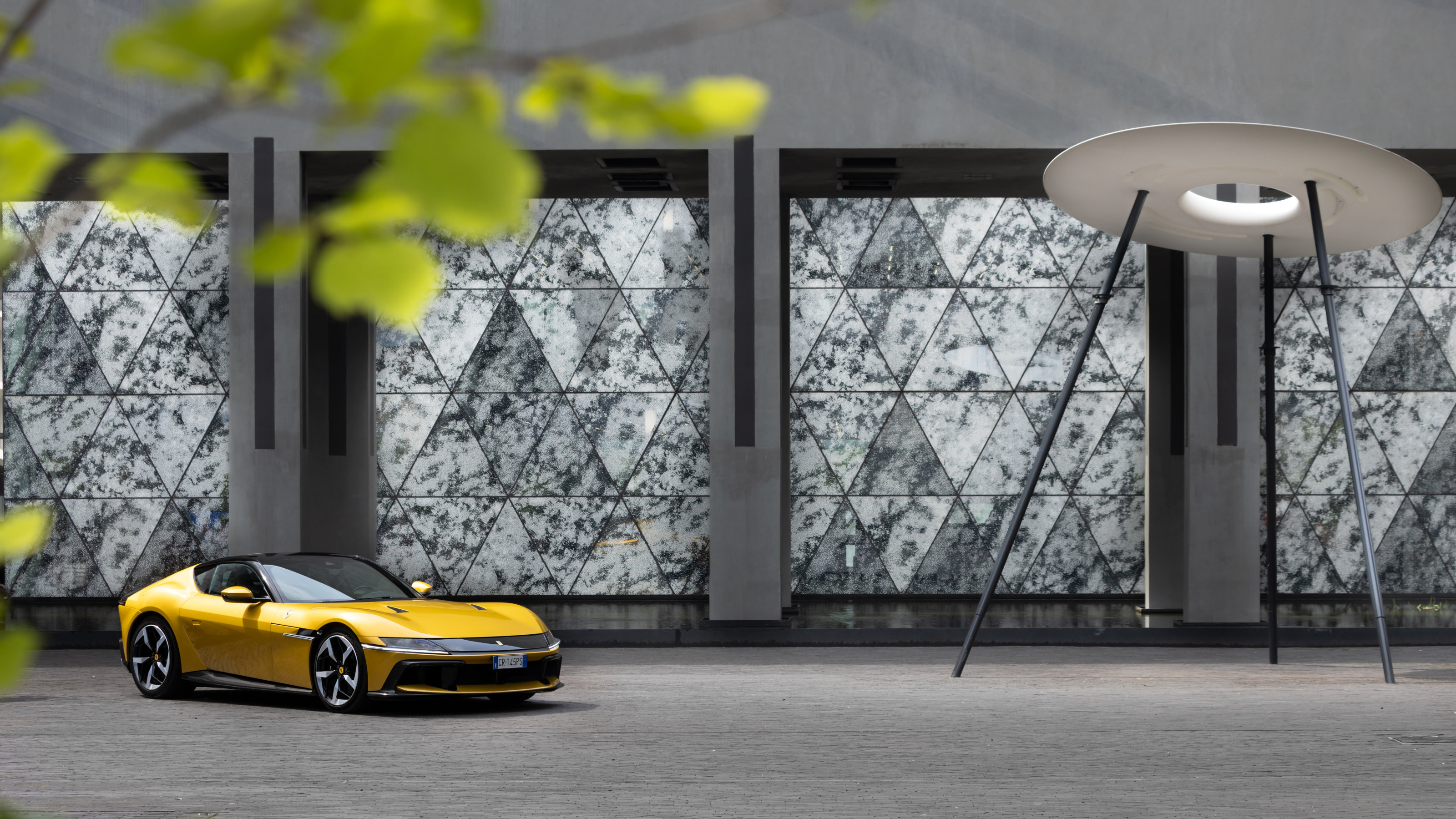 The Ferrari 12Cilindri is the ultimate expression of the marque’s greatest engine
The Ferrari 12Cilindri is the ultimate expression of the marque’s greatest engineWe sample Ferrari's latest, the mighty front-engined grand tourer that bears a simple descriptive name, 12Cilindri
By Rory FH Smith
-
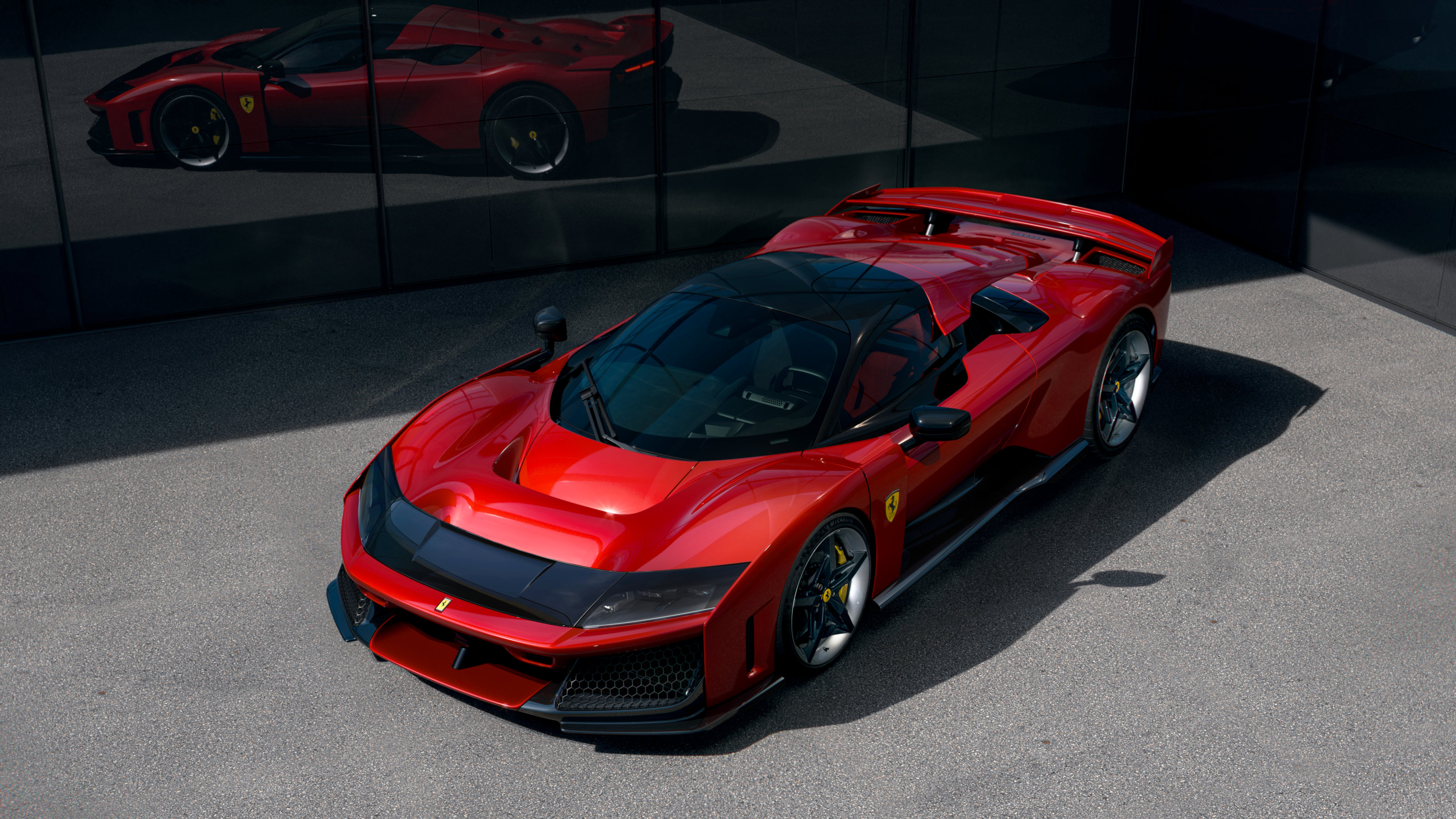 The Ferrari F80 continues the company's tradition of using supercars to showcase tech
The Ferrari F80 continues the company's tradition of using supercars to showcase techJust 799 examples of Ferrari’s ferociously complex and high-tech styled F80 will be made, helping give shape to the sports cars of tomorrow
By Jonathan Bell
-
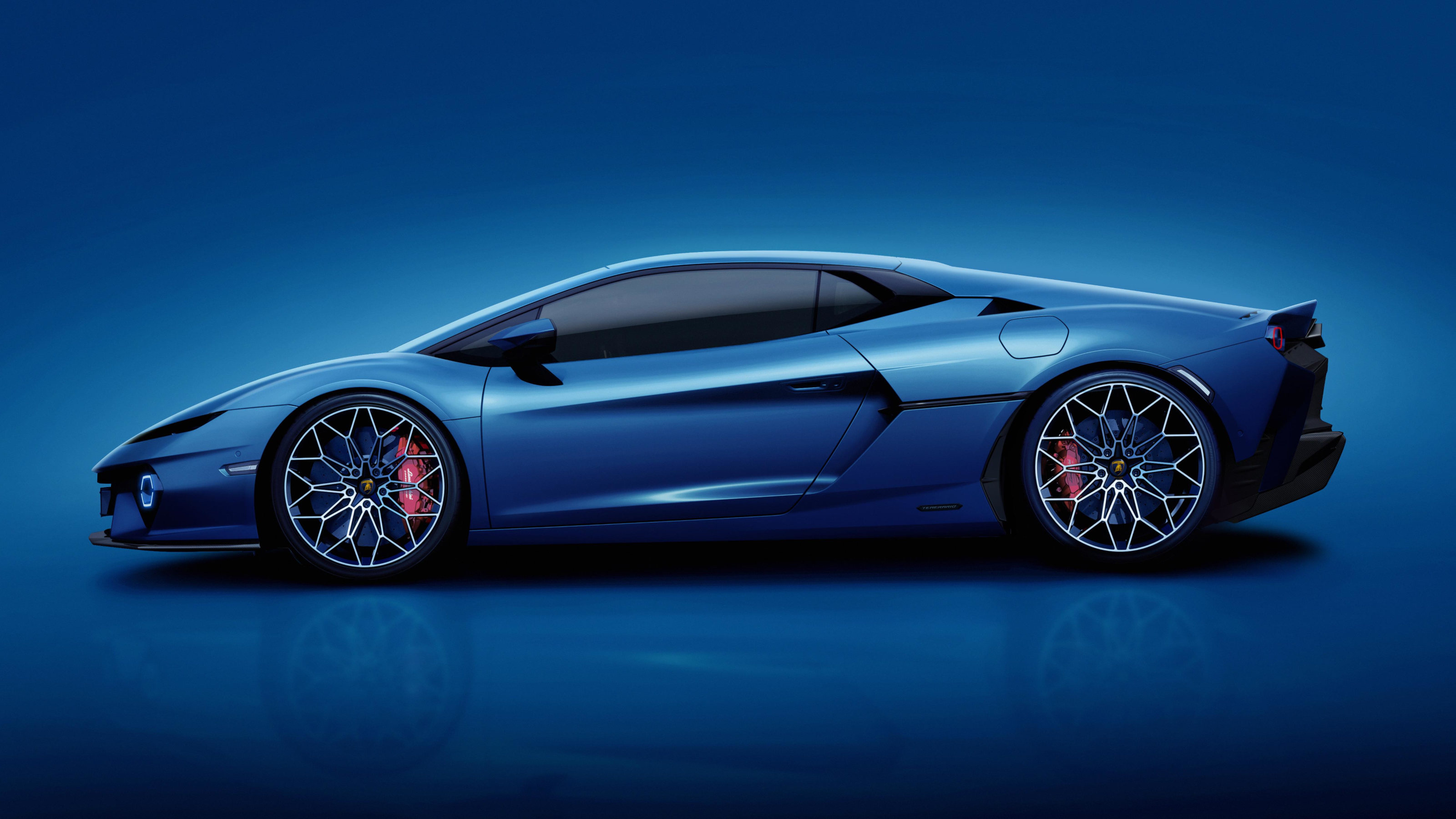 Lamborghini’s Mitja Borkert discusses the company’s new Temerario super sports car
Lamborghini’s Mitja Borkert discusses the company’s new Temerario super sports carThe new Lamborghini Temerario was unveiled this month in California, ushering in a new era of electrified performance to replace the company’s best-selling Huracán model
By Jonathan Bell
-
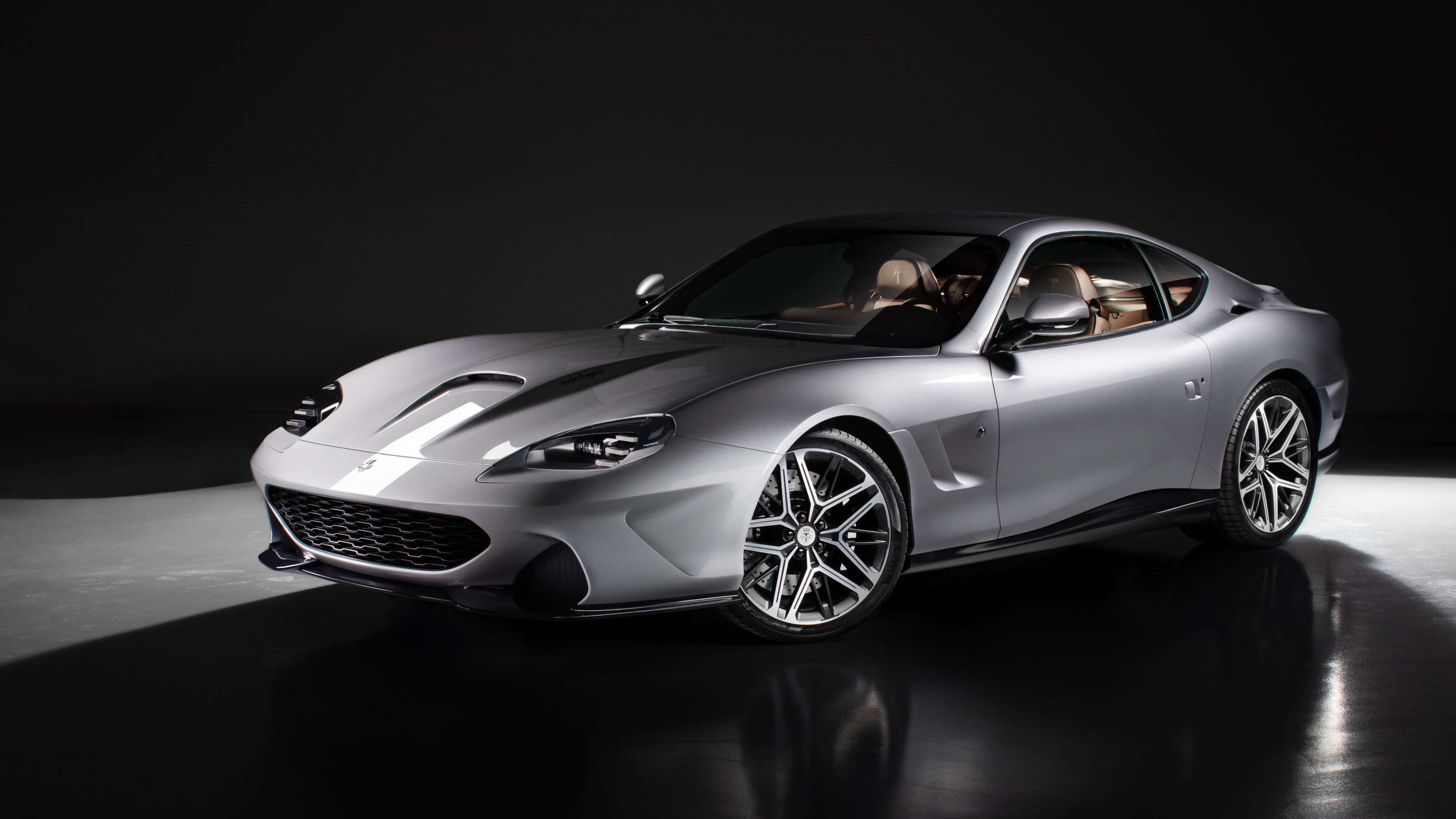 A 90s icon of Italian sports car design is reborn as the Veloce12 by Touring Superleggera
A 90s icon of Italian sports car design is reborn as the Veloce12 by Touring SuperleggeraCarrozzeria Touring Superleggera have transformed the Ferrari 550 Maranello into an all-analogue, carbon-bodied GT for the modern era
By Jonathan Bell
-
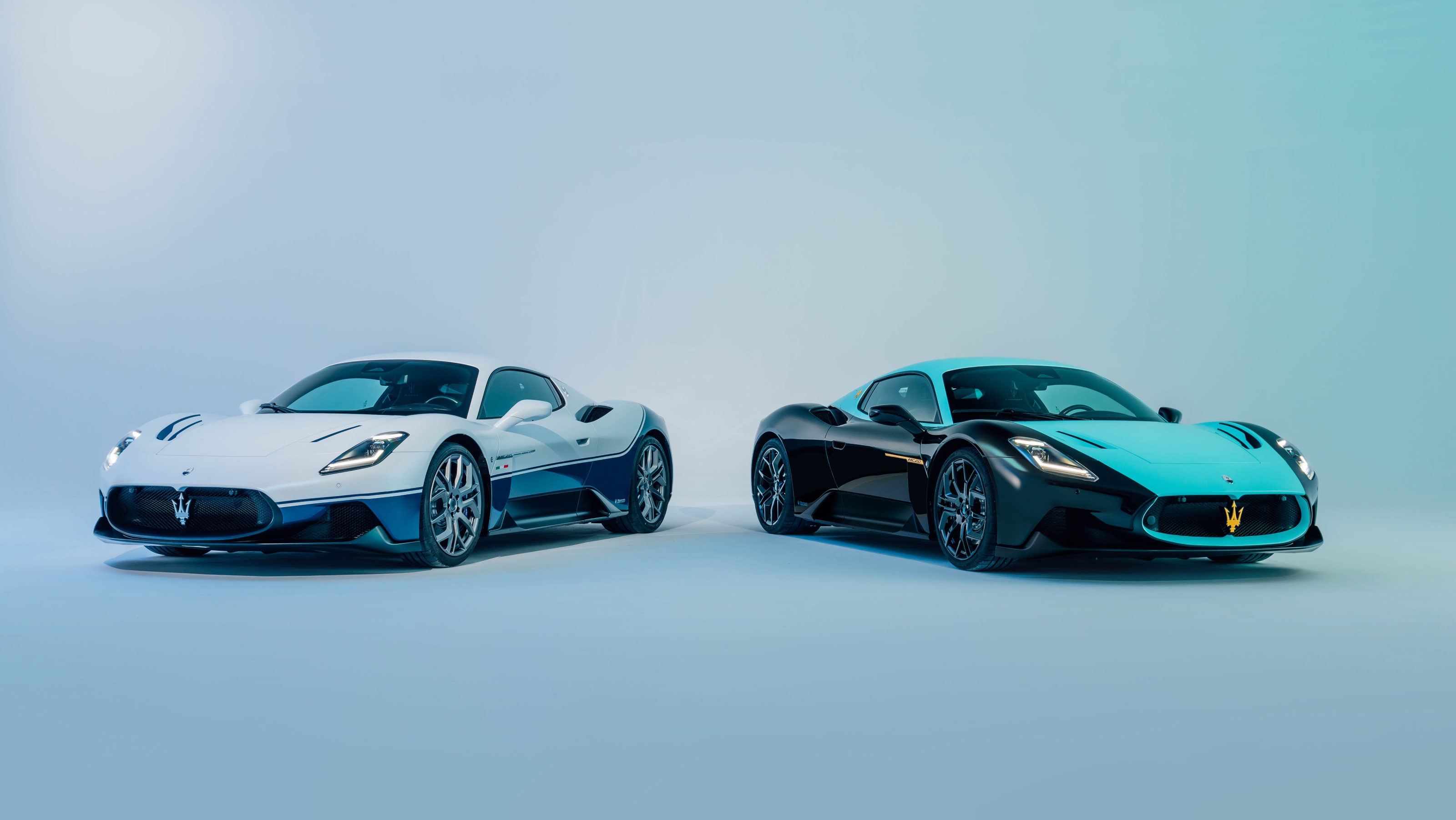 Meet two new Maserati MC20 supercars, the Leggenda and the Icona
Meet two new Maserati MC20 supercars, the Leggenda and the IconaThese Maserati MC20 special editions honour the company’s racing heritage and the 20th anniversary of the Maserati MC12 hypercar
By Jonathan Bell
-
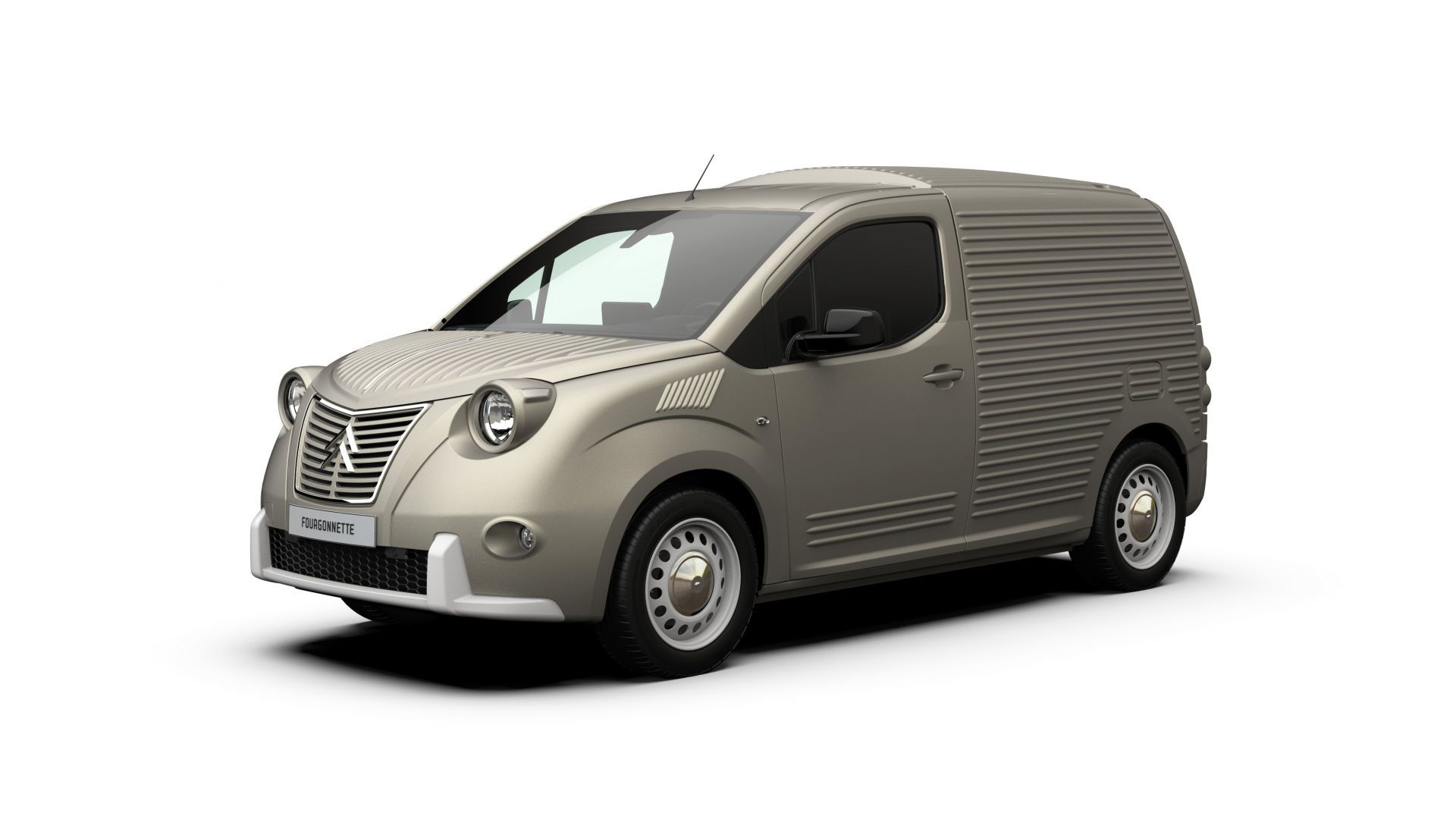 Carrosserie Caselani’s Fourgonnette is a retro van for bold businesses
Carrosserie Caselani’s Fourgonnette is a retro van for bold businessesThis updated Fourgonnette, inspired by the legendary Citroën 2CV, cloaks a conventional Citroën commercial vehicle in a stylish retro skin
By Jonathan Bell